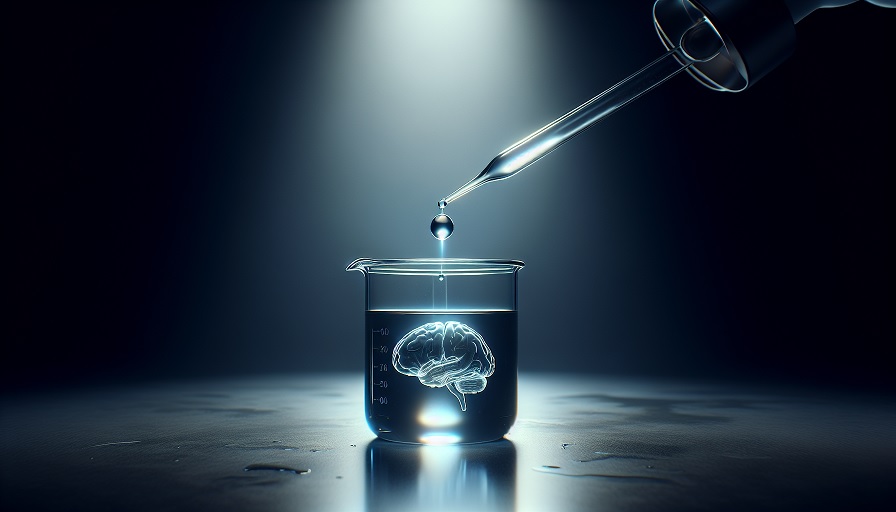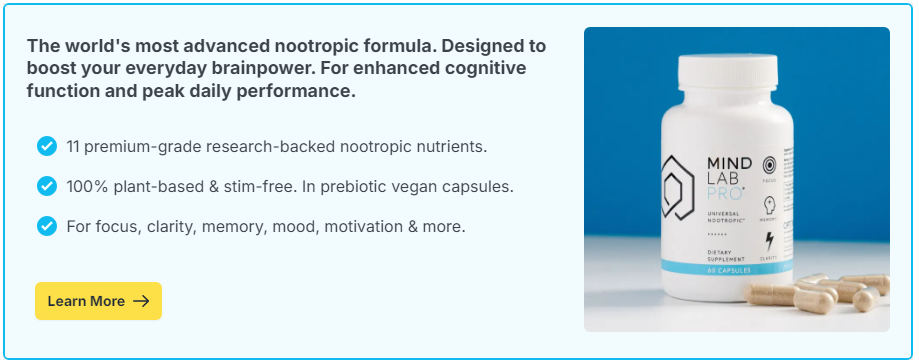
Short answer: There is no strong clinical evidence that low, sub-perceptual doses of psychedelics reliably improve neuroplasticity or cognition in healthy people. Some early studies hint at subtle mood or creativity changes, but findings are mixed and heavily influenced by expectation, with real risks and legal concerns to consider.
Contents
What Do We Mean By Neuroplasticity?
Neuroplasticity is the brain’s ability to change wiring and activity patterns with learning, experience, sleep, and recovery. In practice, plasticity improves when you focus well, practice skills, rest adequately, and keep blood flow and metabolism healthy. Substances that alter brain chemistry do not automatically produce useful, lasting learning without structured practice.
What Are “Low Doses” In This Context?
Popular discourse uses the term for amounts below a noticeable psychedelic effect. Protocols vary widely and are often self-reported, which makes results hard to compare. Because legal status, purity, and potency vary, there is no standardized, safe guideline – another reason evidence remains uncertain.
What The Research Suggests So Far
Small randomized and observational studies have reported mixed outcomes on mood, attention, and creativity. Placebo-controlled trials often find that expectations account for much of the perceived benefit. Lab studies in cells and animals show that higher, not low, exposures can acutely increase plasticity markers, but translating that to safe, beneficial human behavior at tiny doses is unproven.
Key Limitations
- Small Samples: Many studies enroll few participants for short periods.
- Variable Substances: Different compounds, sources, and purity make comparisons difficult.
- Expectancy Effects: People who believe in benefits often report them even on placebo.
- Outcome Quality: Subjective ratings dominate; objective cognitive gains are inconsistent.
Risks And Unknowns
- Legal Status: Many psychedelics are illegal or restricted. Laws vary by region.
- Mental Health: Even small amounts may exacerbate anxiety, trigger mania in bipolar disorder, or unmask psychosis in vulnerable individuals.
- Drug Interactions: Interactions with antidepressants and other medications are possible; combinations can be unsafe.
- Adulteration/Purity: Non-medical sources can be contaminated or misdosed.
If Your Goal Is More Plasticity – Safer, Proven Options
You can cultivate neuroplasticity without relying on illicit or unproven approaches. The following strategies have consistent support and low risk.
- Skill Practice: 20–40 minutes of challenging, feedback-rich practice (language, instrument, coding) most days.
- Exercise: 150 minutes per week of moderate aerobic activity plus two short strength sessions to boost blood flow and growth-factor signaling.
- Sleep: 7–9 hours with regular timing – sleep consolidates learning and synaptic change.
- Focused + Diffuse Cycles: Alternate 25-minute focus blocks with brief breaks; add a short walk to aid consolidation.
- Mindfulness/Breathing: 5–10 minutes daily of breath-focused practice to steady attention and reduce stress interference.
Practical Experiments (Substance-Free)
Use short trials to see plasticity in action without drugs.
Drill 1: Two-Week Skill Sprint
Pick one skill (for example, chord changes or vocabulary). Practice 25 minutes daily, record a 60-second benchmark every third day, and chart improvement.
Drill 2: Sleep-Lock + Review
Review the day’s key items for 5 minutes an hour before bed for a week. Test recall each morning to observe overnight consolidation.
Drill 3: Aerobic + Learn Pairing
Do a brisk 15-minute walk, then start a 20-minute learning block. Track accuracy and time on task versus days without the walk.
When To Seek Medical Guidance
If you have depression, anxiety, trauma, or bipolar spectrum symptoms and are curious about emerging therapies, discuss legitimate, supervised options with a qualified clinician. Do not self-experiment – screening, monitoring, and integration support are critical even in formal studies.
Claims that low-dose psychedelics “boost neuroplasticity” remain unproven and carry legal and health risks. Focus on practices with reliable evidence – skills training, exercise, sleep, and structured attention – which grow the brain’s learning capacity safely and measurably.

